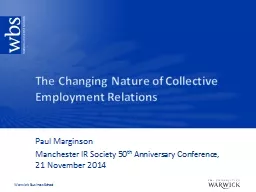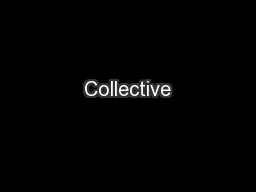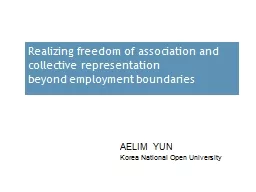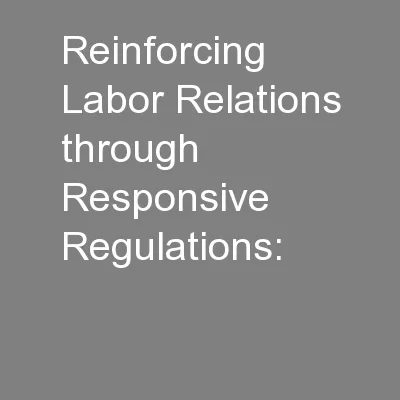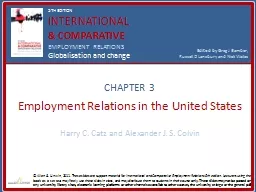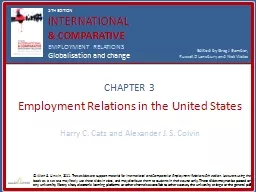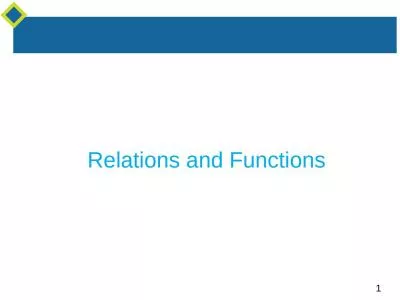PPT-The Changing Nature of Collective Employment Relations
Author : alexa-scheidler | Published Date : 2016-08-11
Paul Marginson Manchester IR Society 50 th Anniversary Conference 21 November 2014 A changed landscape Lerner et al 1969 Workshop Wage Determination a world
Presentation Embed Code
Download Presentation
Download Presentation The PPT/PDF document "The Changing Nature of Collective Employ..." is the property of its rightful owner. Permission is granted to download and print the materials on this website for personal, non-commercial use only, and to display it on your personal computer provided you do not modify the materials and that you retain all copyright notices contained in the materials. By downloading content from our website, you accept the terms of this agreement.
The Changing Nature of Collective Employment Relations: Transcript
Download Rules Of Document
"The Changing Nature of Collective Employment Relations"The content belongs to its owner. You may download and print it for personal use, without modification, and keep all copyright notices. By downloading, you agree to these terms.
Related Documents

